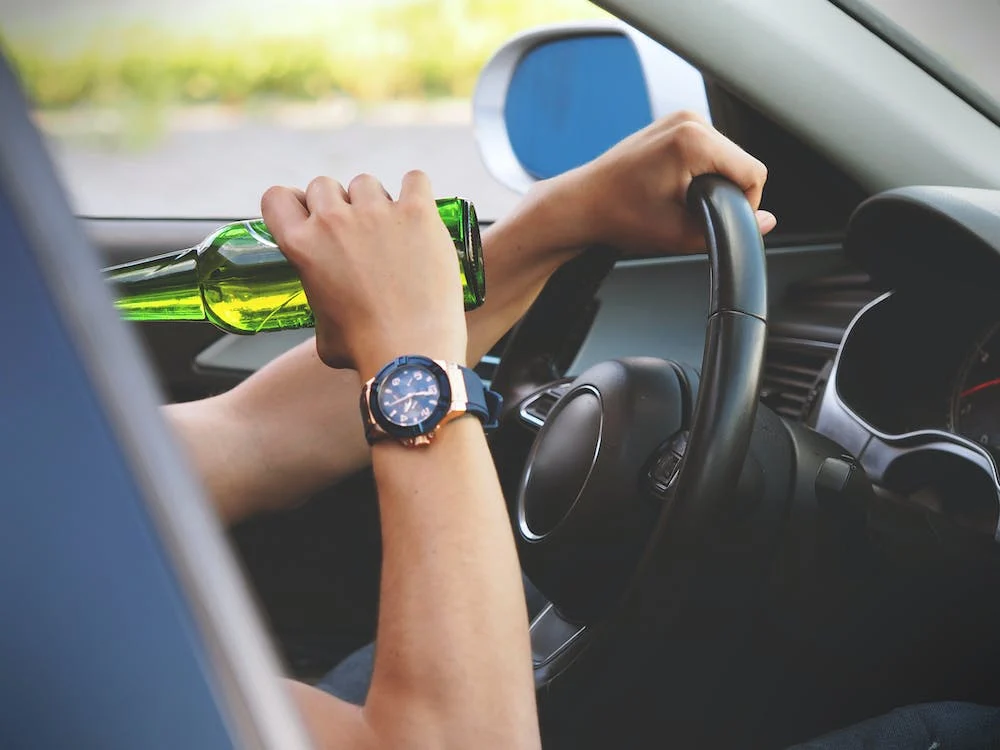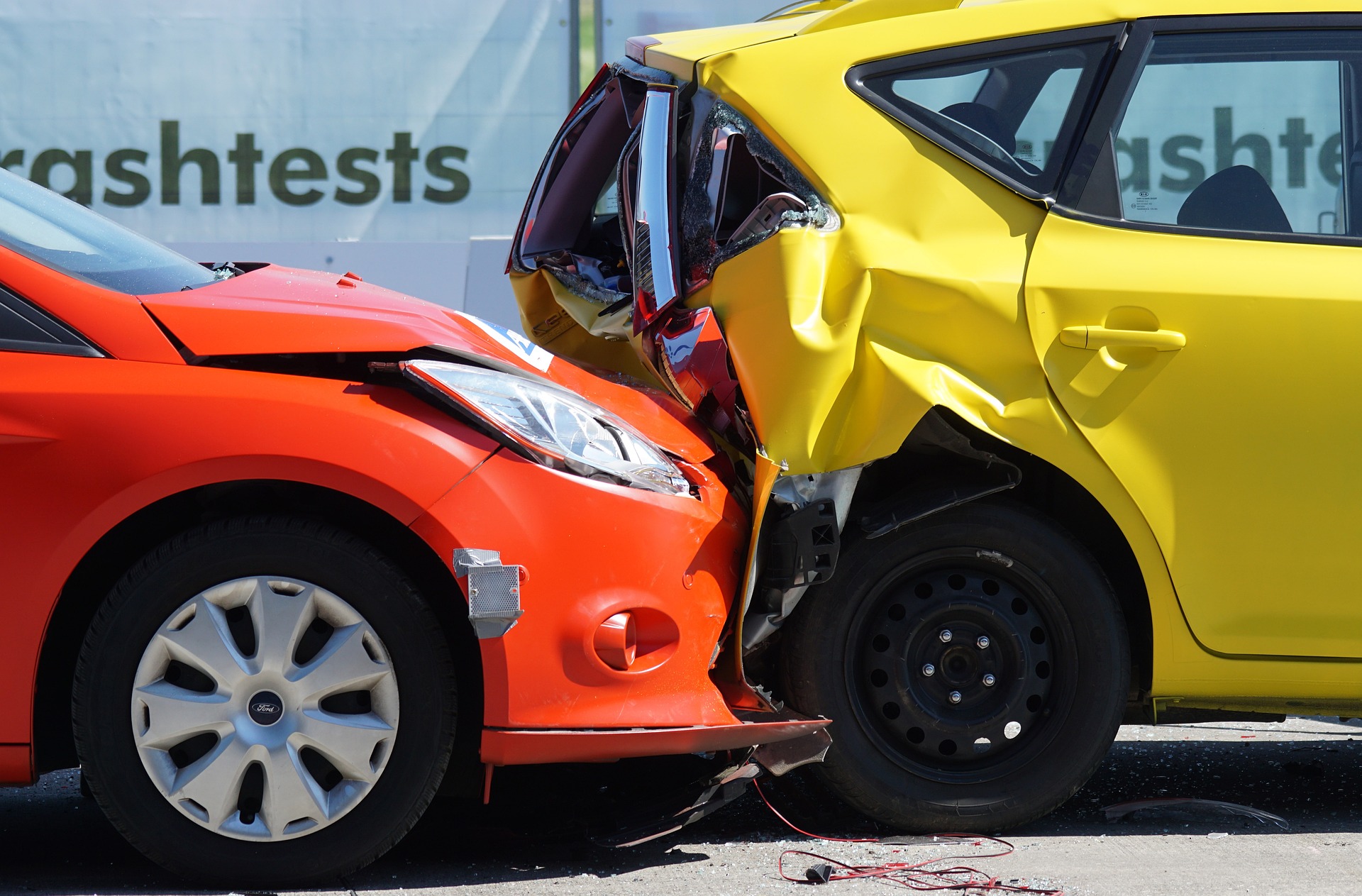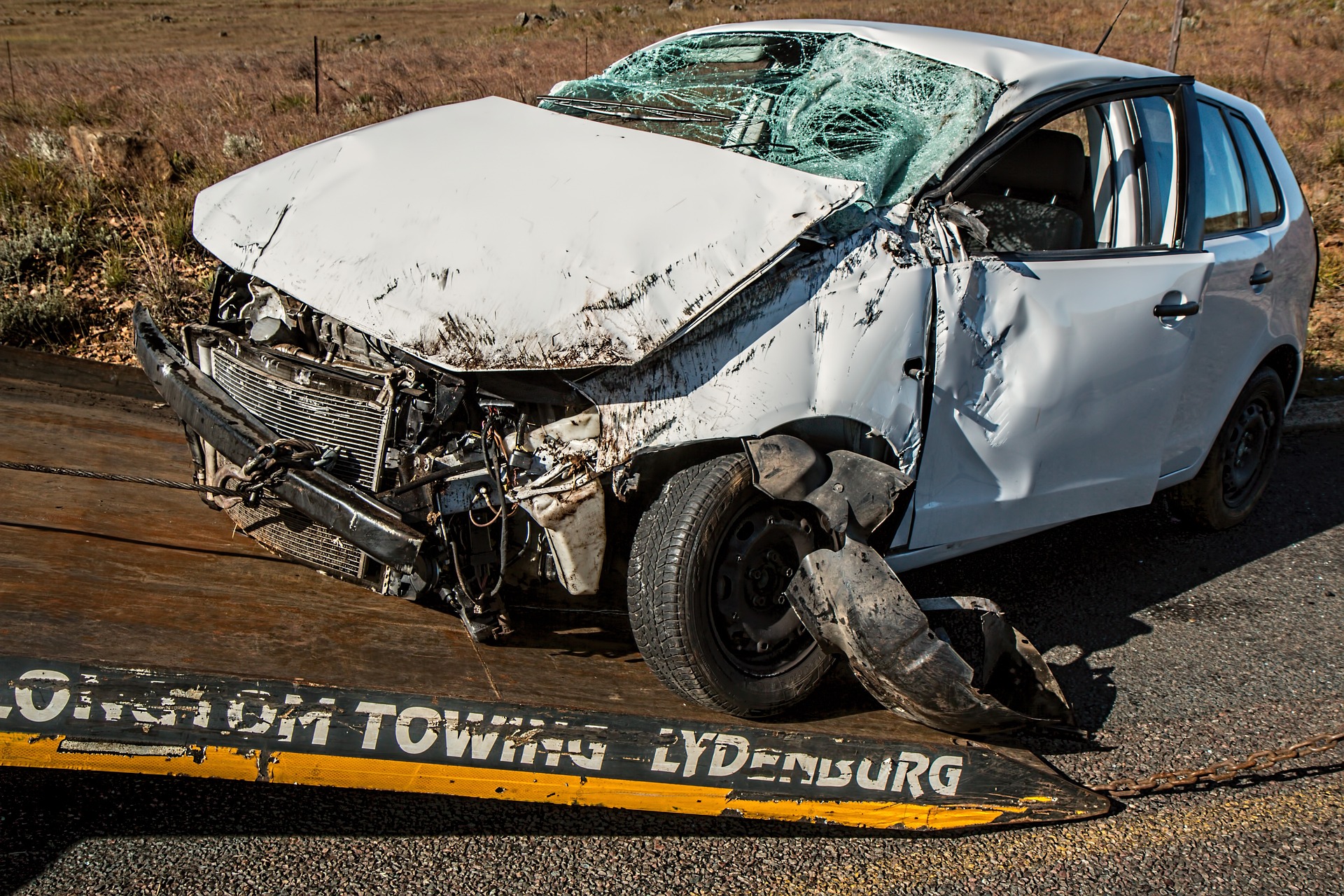Drunk driving is a serious problem that affects millions of people every year. According to the World Health Organization (WHO), driving under the influence of alcohol is a key risk factor for 27% of all road injuries. Drunk driving not only endangers the driver, but also innocent parties such as passengers, pedestrians, and other road users.
In this article, we will explore the causes, consequences, and prevention of drunk driving accidents. We will also share some tips on how to deal with the legal and emotional aftermath of such a tragic event. Whether you are a victim, a witness, or a concerned citizen, this article will help you understand the issue better and take action to make the roads safer for everyone.
What is drunk driving?
Drunk driving is the act of operating a motor vehicle while impaired by alcohol. The level of impairment depends on various factors, such as the amount and type of alcohol consumed, the body weight and metabolism of the driver, and the time elapsed since drinking.
The most common way to measure the level of alcohol in a driver’s blood is by using a breathalyzer device, which estimates the blood alcohol concentration (BAC) based on the amount of alcohol in the breath. In most countries, including the United States, the legal limit for BAC is 0.08 grams per deciliter (g/dL) or lower for the general population, and 0.02 g/dL or lower for novice and commercial drivers.
However, even at lower BAC levels, drivers can experience problems with concentration, coordination, reaction time, vision, judgment, and decision making. These impairments can affect their ability to control their vehicle, perceive and respond to hazards, and follow traffic rules.
What are the causes of drunk driving?
There are many factors that can contribute to drunk driving behavior. Some of them are:
- Lack of awareness: Some drivers may not realize how much alcohol they have consumed or how it affects their driving skills. They may also underestimate the risks and consequences of drunk driving or overestimate their ability to handle alcohol.
- Peer pressure: Some drivers may feel pressured by their friends or social norms to drink alcohol or to drive after drinking. They may also want to impress others or fit in with a certain group.
- Stress: Some drivers may use alcohol as a way to cope with stress, anxiety, depression, or other emotional issues. They may also drink to celebrate, relax, or have fun.
- Availability: Some drivers may have easy access to alcohol or lack alternative transportation options. They may also live in areas where public transportation is scarce or unreliable, or where there are no sobriety checkpoints or random breath testing.
- Habit: Some drivers may have developed a habit of drinking and driving over time. They may also have a high tolerance for alcohol or a low perception of impairment.
What are the consequences of drunk driving?
Drunk driving can have devastating consequences for everyone involved. Some of them are:
- Injuries and fatalities: Drunk driving can cause serious injuries or death to the driver, passengers, pedestrians, cyclists, motorcyclists, and other drivers. According to the National Highway Traffic Safety Administration (NHTSA), in 2021 alone, 10,142 people were killed in alcohol-impaired driving crashes in the United States. That means one person died every 52 minutes due to drunk driving.
- Legal troubles: Drunk driving can result in criminal charges, fines, jail time, license suspension or revocation, ignition interlock device installation, mandatory driver education or treatment programs, increased insurance rates, and civil lawsuits. The penalties vary depending on the state laws, the BAC level of the driver, and the severity of the crash.
- Emotional distress: Drunk driving can cause trauma, guilt, shame, anger, depression, anxiety, post-traumatic stress disorder (PTSD), and suicidal thoughts to the driver and the victims. It can also affect their relationships with family members, friends, coworkers, and society in general.
How can drunk driving be prevented?
Drunk driving can be prevented by taking some simple steps before getting behind the wheel. Some of them are:
- Plan ahead: If you know you are going to drink alcohol, make sure you have a designated driver, a taxi, a ride-sharing service, or a friend or family member who can pick you up. Do not rely on your own judgment to decide whether you are sober enough to drive.
- Drink responsibly: If you choose to drink alcohol, do so in moderation and limit your intake. Drink slowly, alternate with non-alcoholic beverages, eat food before and while drinking, and avoid mixing alcohol with other drugs or medications. Know your limits and stop drinking before you feel impaired.
- Avoid peer pressure: If you feel pressured by others to drink alcohol or to drive after drinking, stand up for yourself and say no. You can also use excuses, such as having an early appointment, being on medication, or having other plans. Surround yourself with supportive people who respect your choices and do not put you in danger.
- Seek help: If you have a problem with alcohol or stress, seek professional help or join a support group. There are many resources available to help you overcome your challenges and improve your well-being. Do not be ashamed or afraid to ask for help when you need it.
How to cope with a drunk driving accident?
If you or someone you love has been involved in a drunk driving accident, you may be feeling overwhelmed, angry, sad, scared, or guilty. You may also be facing physical injuries, financial losses, legal issues, or emotional trauma. Here are some tips on how to cope with a drunk driving accident:
- Seek medical attention: The first and most important step is to seek medical attention immediately after a drunk driving accident, including physical and psychological evaluations and scans. Even if you do not feel any pain or symptoms, you may have internal injuries or delayed reactions that could worsen over time. Getting proper diagnosis and treatment can help you heal faster and prevent complications.
- Seek legal advice: The next step is to seek legal advice to protect your rights and interests as a victim of a drunk driving accident. A qualified attorney can help you file a claim for compensation against the drunk driver and their insurance company, as well as any other liable parties. A lawyer can also help you navigate the legal process, gather evidence, negotiate a fair settlement, or represent you in court if necessary.
- Seek support: Another important step is to seek support from your family members, friends, counselors, therapists, or support groups. You do not have to go through this alone. Talking to someone who understands what you are going through can help you express your feelings, cope with your emotions, and find hope and healing. You can also join online communities or forums where you can share your story and connect with other survivors of drunk driving accidents.
- Seek justice: One more step that can help you cope with a drunk driving accident is to seek justice for yourself and your loved one. You can do this by reporting the drunk driver to the authorities, cooperating with the investigation and prosecution, testifying in court if needed, and holding the drunk driver accountable for their actions. You can also engage with the community by raising awareness of the dangers of drunk driving and volunteering with organizations that work to reduce or eliminate it.
What are some of the organizations that work to reduce drunk driving?
Some of the organizations that work to reduce drunk driving are:
- Mothers Against Drunk Driving (MADD): This organization has the mission of stopping drunk driving, preventing underage drinking, and supporting the victims of this crime.
- Students Against Destructive Decisions: The goal of this group is to provide students of all ages with the tools necessary to deal with issues associated with impaired driving, underage drinking, drug use, and other destructive decisions.
- Teens Against Drunk Driving: As the name suggests, this organization shows that many teens are committed to putting an end to drunk driving. Its mission is to eradicate the preventable, violent act of drunk, distracted and destructive driving1.
- International Drunk Driving Prevention Association (IDDPA): This organization fights against drunk driving on an international level. It works with governments, NGOs, and other stakeholders to implement effective policies and programs to prevent and reduce alcohol-impaired driving.
- World Health Organization (WHO): This organization launched the SAFER initiative in 2018, which is an acronym for the five most cost-effective interventions to reduce alcohol-related harm. One of them is to advance and enforce drink driving counter measures, such as establishing and restricting blood-alcohol concentration (BAC) limits, conducting sobriety checkpoints and random breath testing, and providing alternative transportation options.
Conclusion
Drunk driving is a preventable and punishable crime that can have devastating consequences for everyone involved. By following the tips in this article, you can prevent drunk driving accidents from happening in the first place or cope with them if they do happen. Remember that you are not alone and that there is always hope for recovery and justice.
FAQ
Some of the FAQs on Drunk Driving Accidents are:
What is the legal limit for blood alcohol concentration (BAC) in the United States?
The legal limit for BAC varies by state, but in most states it is 0.08 grams per deciliter (g/dL) or lower for the general population, and 0.02 g/dL or lower for novice and commercial drivers. However, even at lower BAC levels, drivers can be impaired and cause crashes.
What are the penalties for drunk driving?
The penalties for drunk driving depend on the state laws, the BAC level of the driver, and the severity of the crash. They can include criminal charges, fines, jail time, license suspension or revocation, ignition interlock device installation, mandatory driver education or treatment programs, increased insurance rates, and civil lawsuits.
What are the signs of a drunk driver?
Some of the signs of a drunk driver are: weaving or swerving across lanes, driving too fast or too slow, braking erratically, making wide turns, driving on the wrong side of the road, failing to signal or obey traffic signs and signals, driving without headlights at night, or having an open container of alcohol in the vehicle.
What should I do if I see a drunk driver?
If you see a drunk driver, you should: keep a safe distance from them, do not try to stop them or confront them, note their license plate number and vehicle description, and call 911 to report them to the authorities.
What should I do if I am involved in a drunk driving accident?
If you are involved in a drunk driving accident, you should: check yourself and others for injuries and call for medical help if needed, move to a safe location if possible and turn on your hazard lights, exchange information with the other drivers and witnesses, take pictures of the scene and the vehicles involved, do not admit fault or discuss details with anyone except the police and your insurance company, contact your lawyer as soon as possible to protect your rights and interests.


